I had noticed it a day before, how it appeared, sprawled on the ridge of a hill, and it had been an attraction for me ever since the research period. I sensed that I would find a sad village, somehow comparable to a grumpy person abandoned by loved ones.
A few decades ago - around 1950, according to official data - it had a population of 14,000 inhabitants, but now the number registered in the municipal records has fallen to less than half.
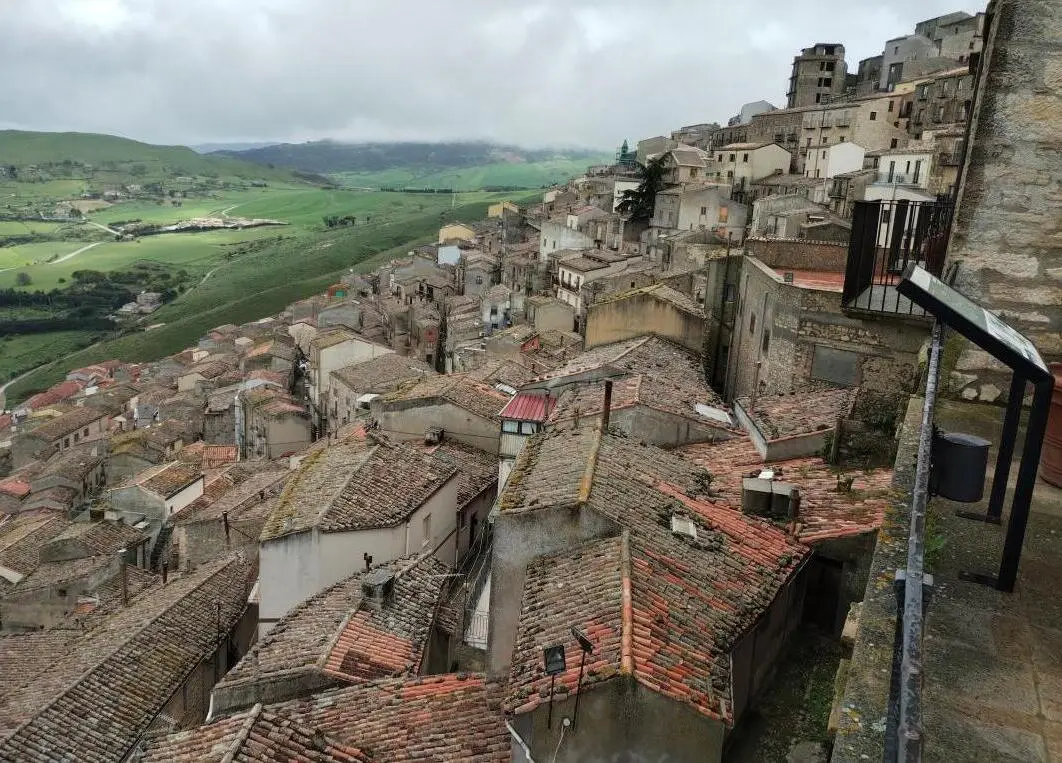
In fact, this trend has been ongoing for some time, with the locality facing massive migration since 1890, driven by a lack of jobs and the specter of poverty which led residents to move to the United States or Argentina, especially.
The houses remained in an advanced state of decay and the town hall once offered them for 1 euro to anyone who came and made a request, in a desperate attempt to revitalize its administrative unit. As a new owner, you are obligated to renovate it within 4 years, otherwise, you assume the penalties stipulated in the contract.
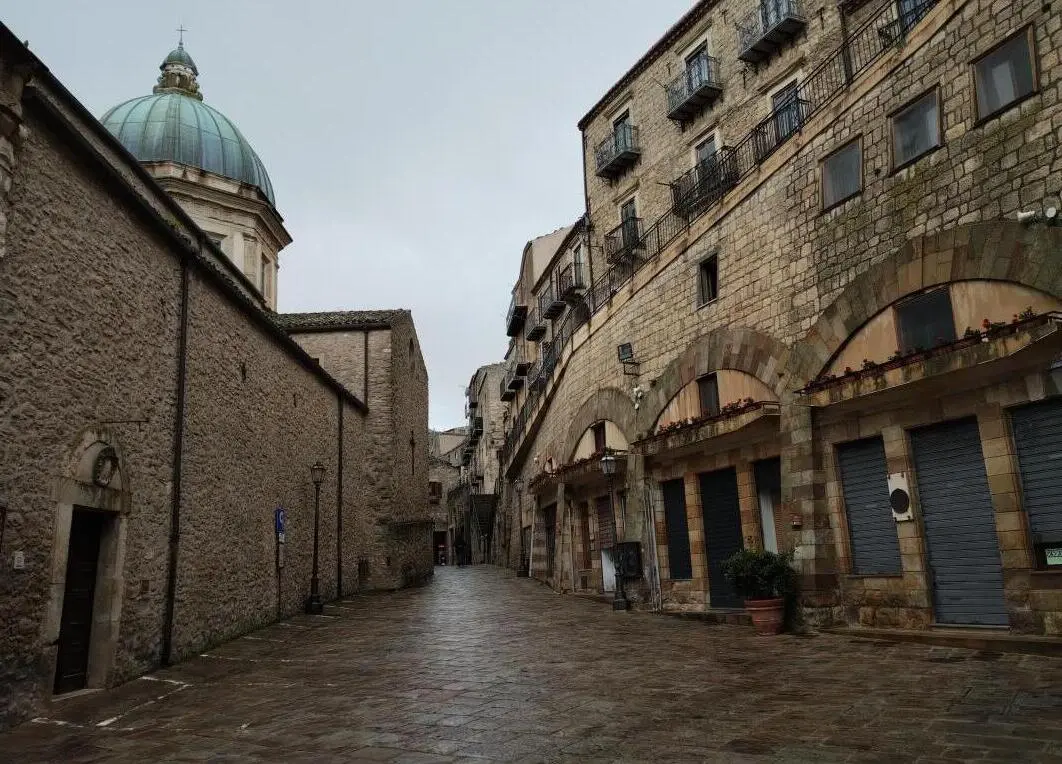
Despite my pessimism before visiting it, combined with its aura of being considered the most beautiful historic village in Italy, it exerted a magnetism from the moment I put it on the list of places we were going to visit.
Especially to get there, I outlined a route through the heart of the island, as opposed to the one used by most tourists along the Mediterranean shores, to travel from Cefalù to Taormina.
And truly, I have no regrets! We were leaving the island without having any idea that it could offer landscapes like those of yesterday and today; we didn't know Toto's family nor the charming villages of Petralia Soprana and Gangi.
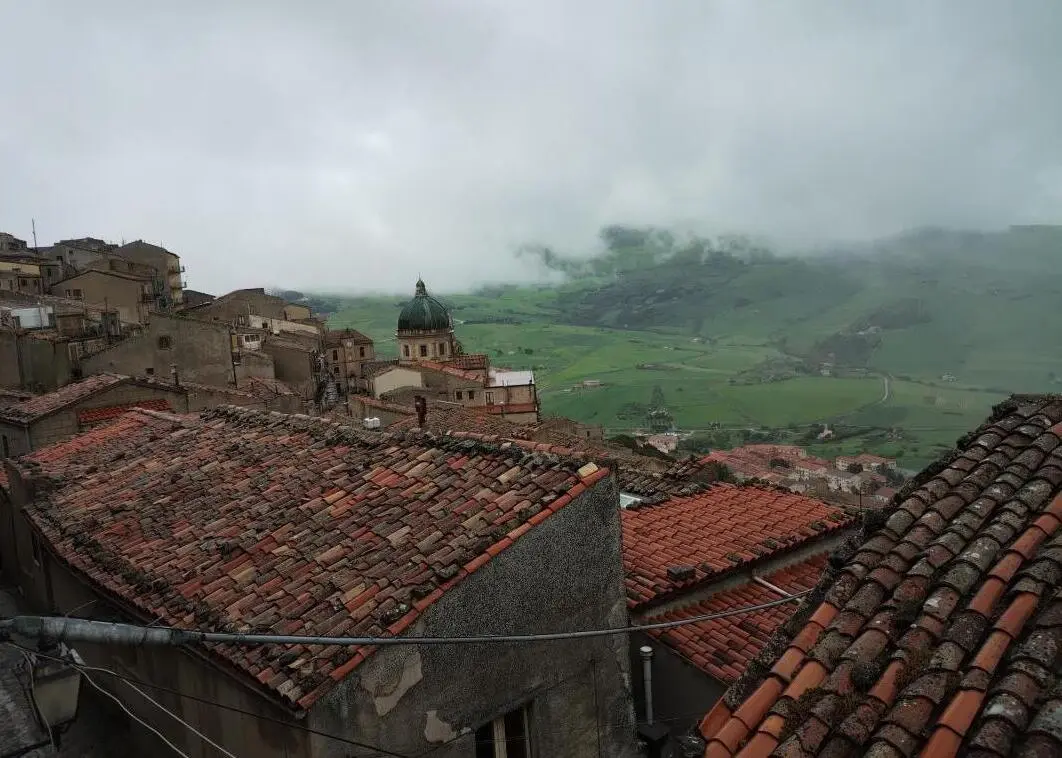
In perfect harmony with my mood and the sad air of the village was also the weather, which greeted us with sighs and was unwelcoming—cold, with a fine rain and fog.
In my opinion, Gangi is more beautiful if you visit it under these conditions rather than in sunny weather. It was the perfect visit for me!
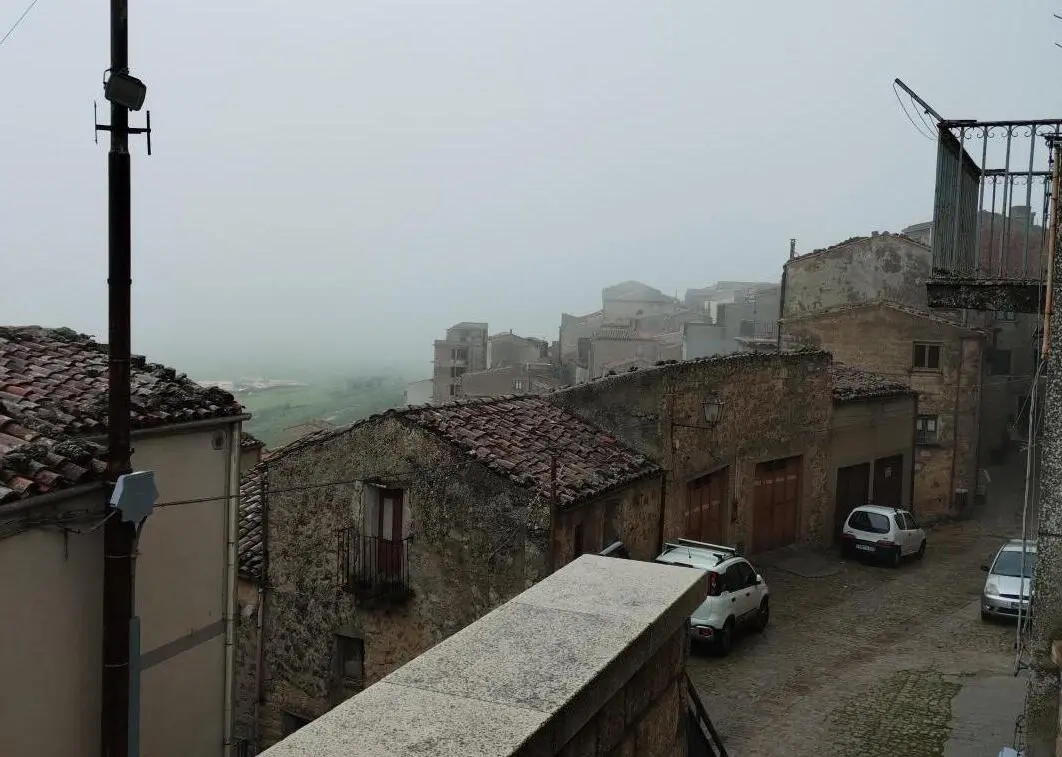
And under the leaden clouds, amid swirls of fog, next to the gloomy grey walls of the houses—whether abandoned or not—it felt like I was on another island. A larger one, which recently had a king with his consort and where the traffic drives on the opposite side to what we are used to.
Now, looking at the photos taken a year ago, Gangi reminds me of Edinburgh, the most beautiful capital I have seen.
Despite this extended introduction, the village was named “Borgo dei Borghi” in 2014, at the first edition of this award. Meaning the most beautiful village in Italy, a prize that speaks volumes about its charm.
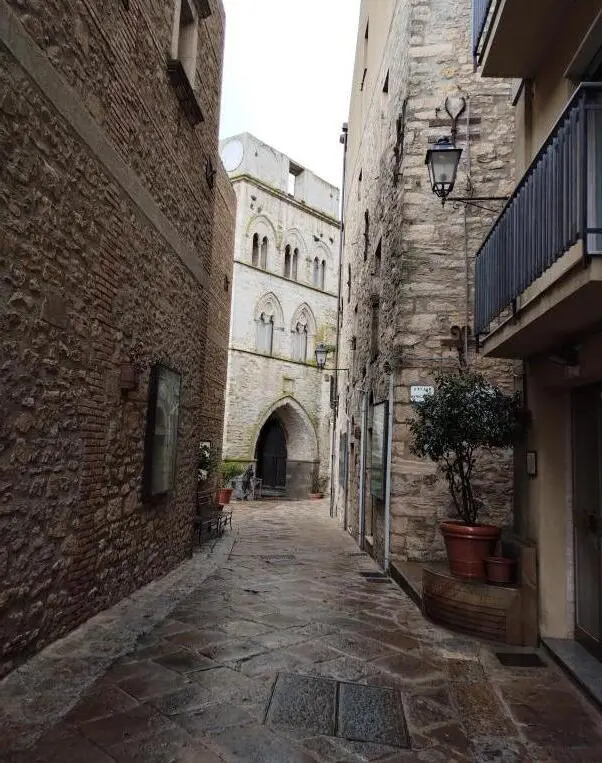
Among other accolades, it has earned the titles of "the jewel of Italy" in 2012 and was called "one of the most beautiful villages on earth" by the French.
Having become a stronghold of the powerful insular Ventimiglia family, it attracted numerous artists, eventually becoming a cultural center and a reference point for Sicilian culture.
Another wealthy family that has left its mark on the place is the Bongiorno family, with their efforts directed towards the restoration of churches and the construction of the local theater.
I entered the palace of this family, built between 1754 – 1755 at the intersection of the most important streets of the village, a stone's throw away from the courthouse and church.
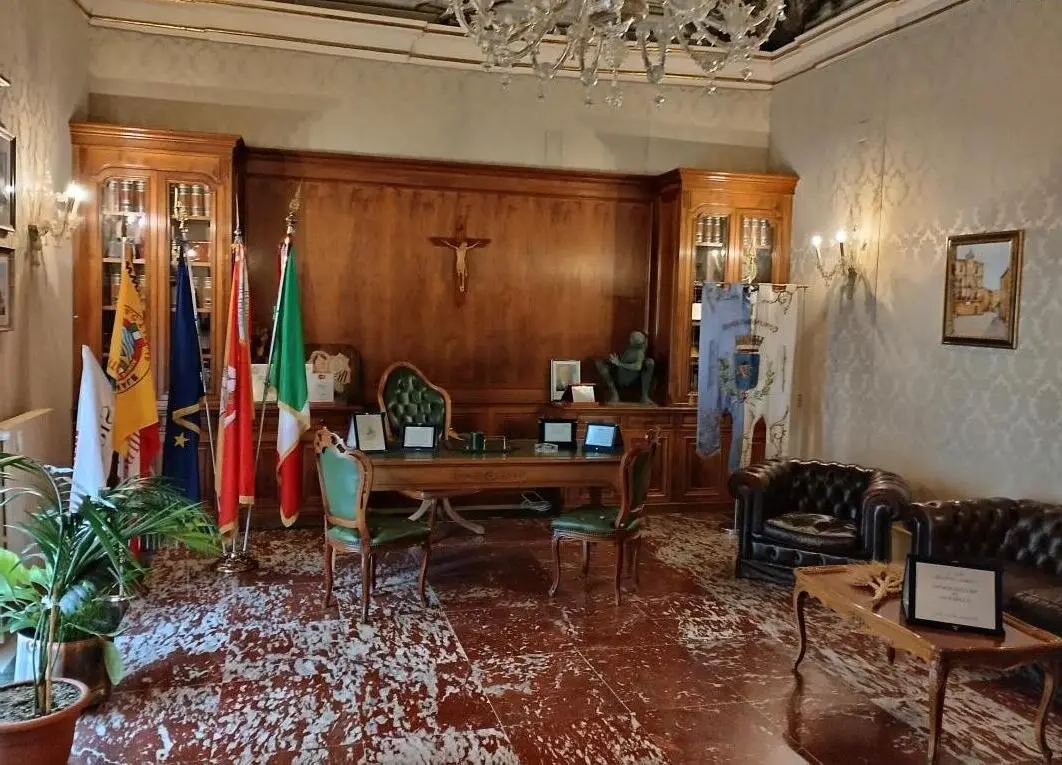
The refined furniture, ceiling paintings, square mirrors, and balconies behind thick velvet curtains, along with elegantly decorated doors, delight a simple visitor like me.
From its windows, you can see far into the distance, a space divided into two worlds: one, the gloomy village, and further on, characterized by the raw green of spring and rebirth, of hope.
Our continuous uphill stroll leads us through narrow and deserted streets, through Piazza Vittime della Mafia – always present in the consciousness of the locals – towards the upper part of the village, to a terrace that offers a chance to see from above the urban layout.
We return to the lower square, the place where we began our journey and where we find the church that still seems wrapped in all its elegance.
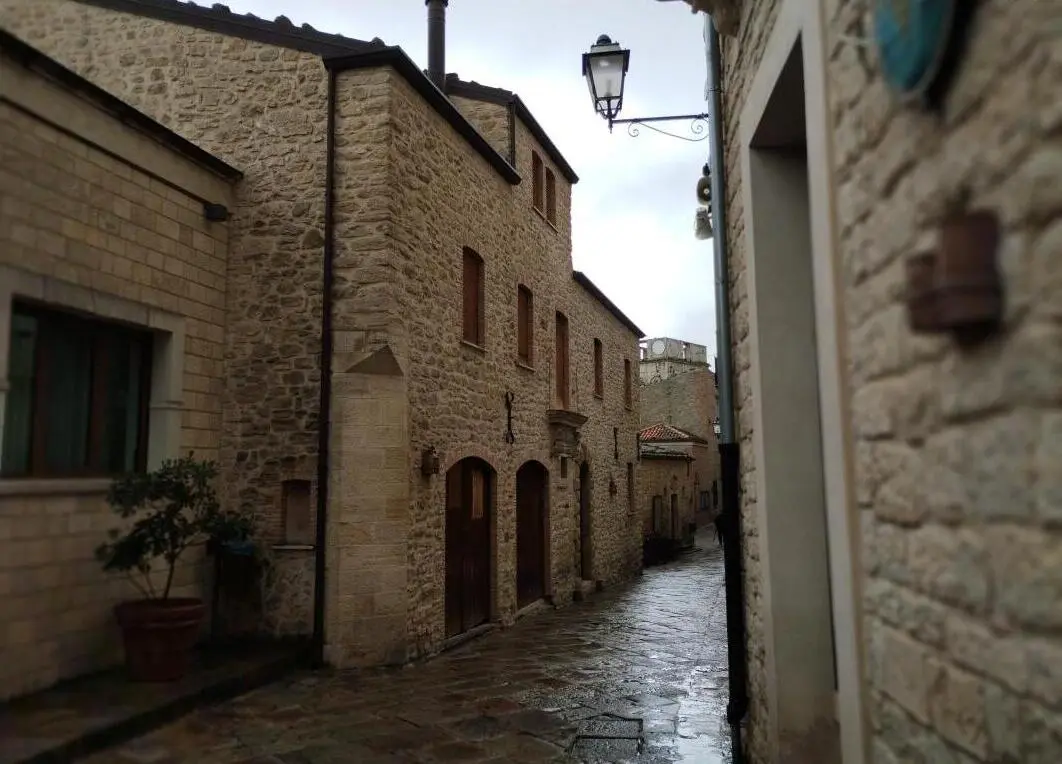
Indeed, Gangi has a sad air. And it seems resigned... But despite this, it exudes a fascination. Probably one of the criteria that led to the accolades mentioned earlier.
We leave a grey and subdued village to reach another unique one with the color of its buildings, constructed with dark blocks of lava rock.
Named Randazzo, this medieval village is also the locality closest to Mount Etna, hence the distinctive building materials.
Here we find stone-paved alleys flanked by blooming trees, buildings either abandoned or decorated with inspiration and charm, and the Church of San Nicola, which is representative of the "ingredients" used in the area’s construction.
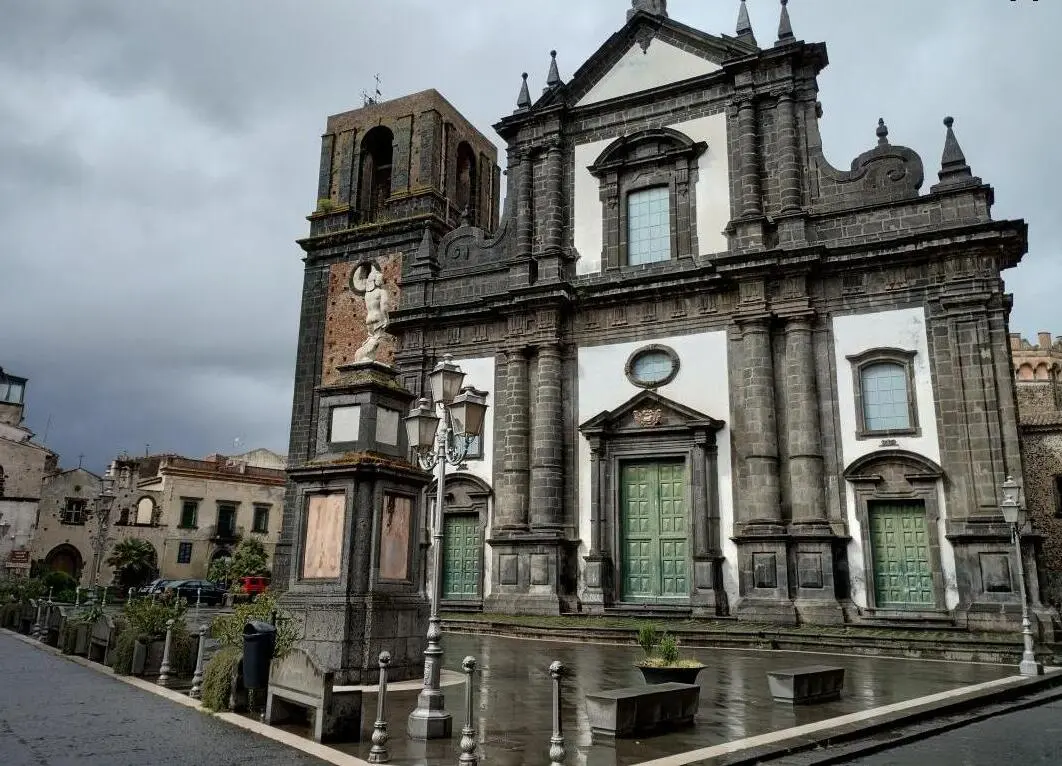
Located in the largest district of the village, the Greek district, the church is notable for its bell tower, still unfinished, although restoration work was carried out after the disaster caused by the bombings of the Second World War that lasted 31 days.
We leave the square in front of the church and head onto the emblematic Via degli Archi, one of the oldest streets of the village, an opportunity to pass under four rounded arches with double windows, stepping on the original stone pavement.
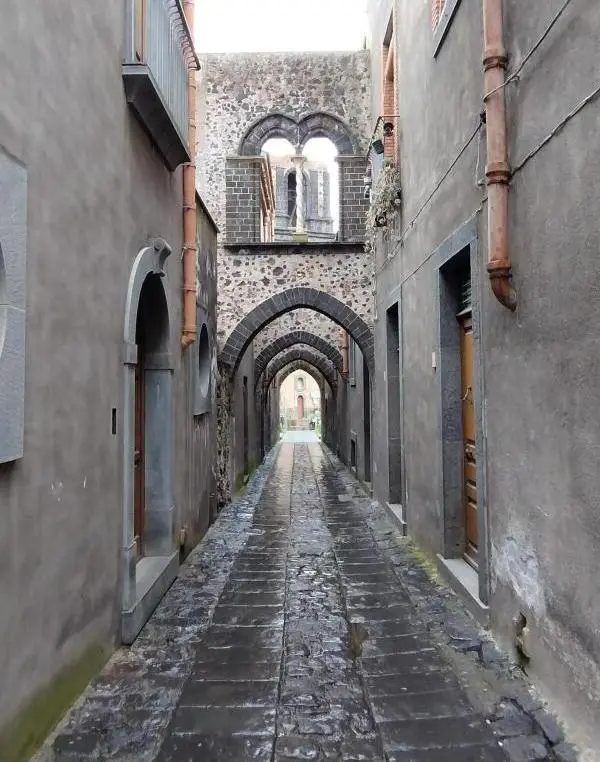
We come across the Palazzo Comunale, formerly a monastery from the year 1671, confiscated following the suppression of the religious orders in 1866 and handed over to the state which transformed it into the local administration headquarters.
Nearby is the Church of San Martino, and its bell tower is complete...
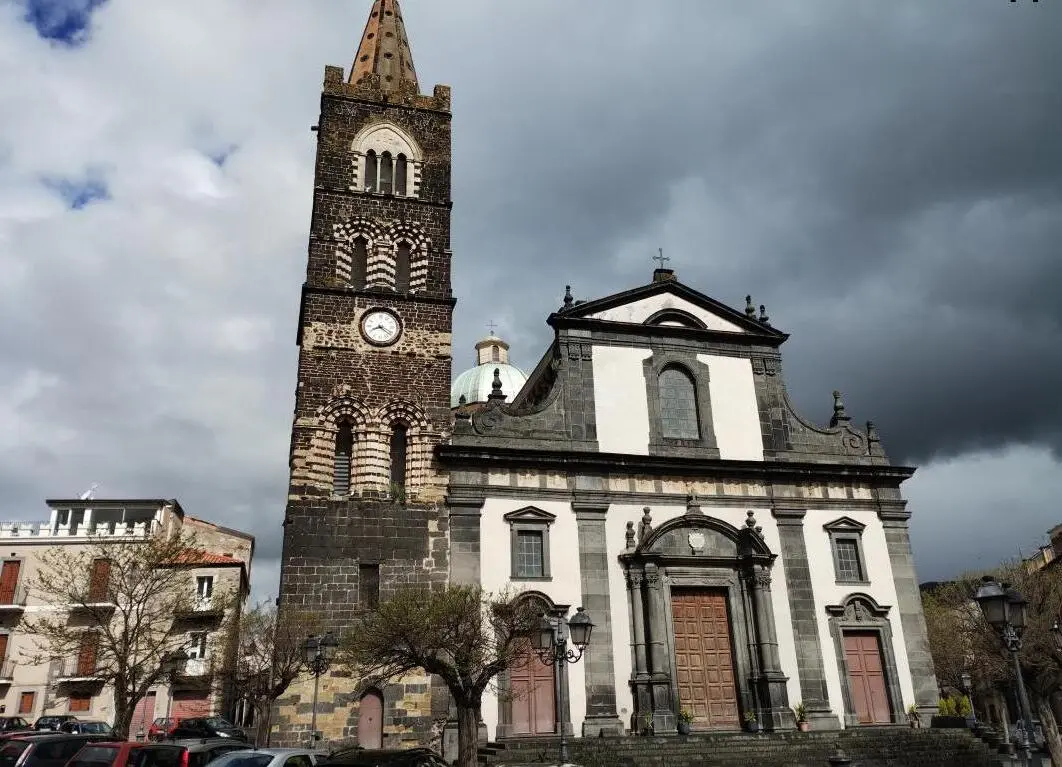
The last local attraction that our steps lead us to is the Castello Svevo (Swabian Castle), included in the route "La Via dei Castelli dell'Etna", actually a tower of the walls of the former fortress and very important in the defense system, where prisoners or those condemned to death were also thrown.
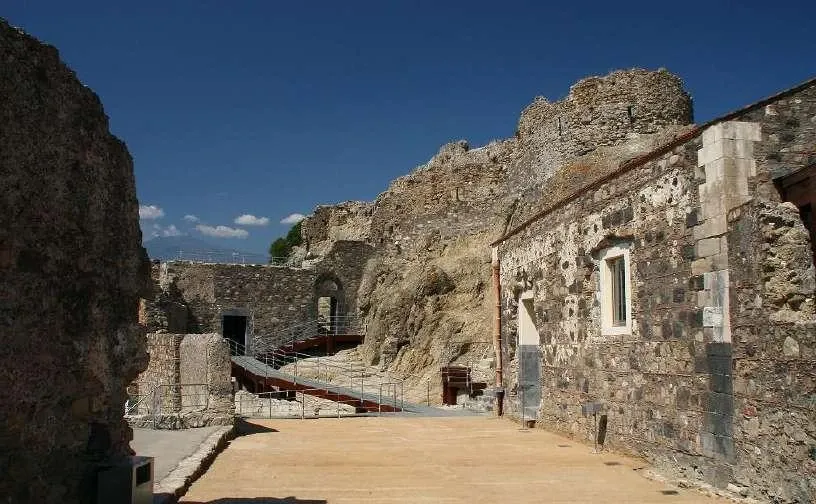
And thus, we end our tour through the central part of Sicily, an opportunity to discover another side of it, different from the known one with enchantingly colored waters and sunny beaches.
The two villages we visited – with a special mention for Gangi – are tourist destinations that I highly recommend visiting. It's worth giving up a day of lounging at the beach to get there…
Thank you for reading and make sure to subscribe. We're constantly exploring new destinations and share our stories, tips, and the beauty we discover along the way.


